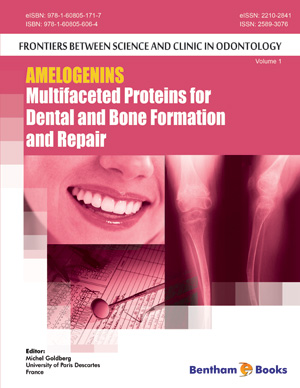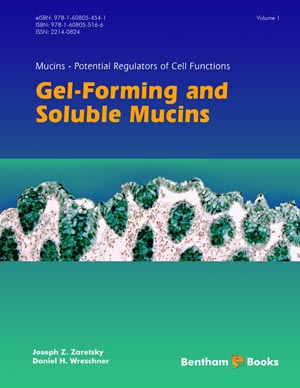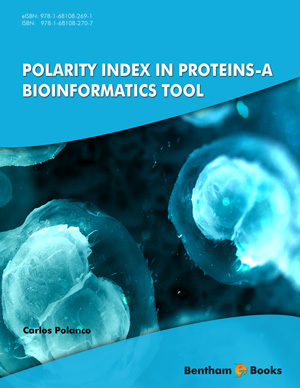Abstract
The deposition of biominerals within living systems is a tightly controlled complex process since the mineral type, mineral location and mineral size must all be specified. Hundreds, if not thousands, of studies have been made from many perspectives. This chapter is focused on the question of the initial steps of how the mineral crystals become specifically nucleated in particular places. This requires understanding of both the physics and physical chemical concepts of crystal growth and the composition and structure of the matrix of tissue in which the crystals become positioned. Our primary interest is the mineralization of bones and teeth, and thus the bone or tooth matrix comprised of collagen fibrils and many diverse associated non-collagenous components must be considered, but this is done in a very general way looking for commonalities in different systems, such as bone and dentin. Are there differences in the type I collagen, or in the non-collagenous proteins related to mineralization? A second theme is nucleation theory. Based on classical nucleation theory, alternative non-ideal theories are examined and suggest that there is probably a multistep mechanism, yet it may be that different systems permit different pathways. One pathway that appears to be commonly considered is that random fluctuations in supersaturated solution produce clusters of the relevant ions and these must reach a critical size in liquid-like state before crystallization takes place. These varied ideas are examined in the context of recent high resolution data on the mineralization of type I collagen fibrils.
Keywords: Nucleation, initial crystals, organic matrix, Type I collagen, clusters of ions, crystallization.











